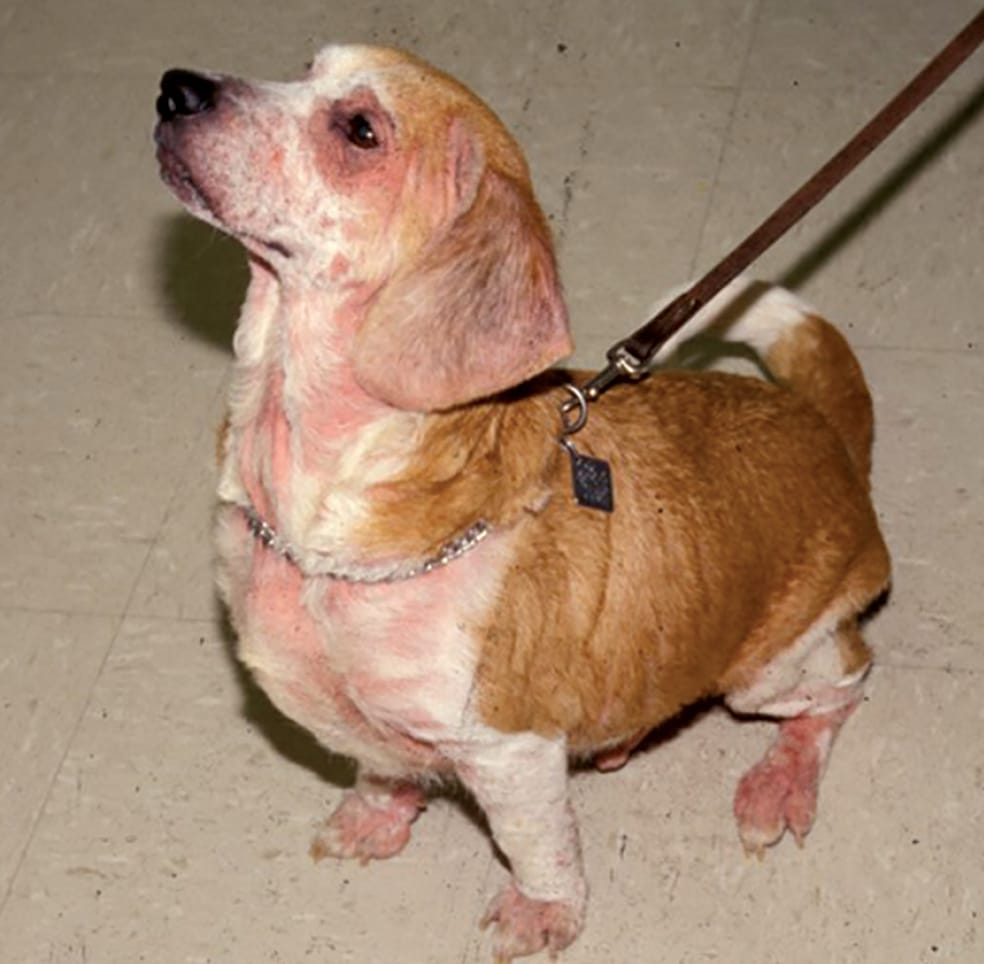Does your doggo seem to have an allergic reaction?
Sometimes, it’s not easy to spot whether dogs suffer from an allergy or some other skin diseases. That’s where dog allergy testing comes in.
What pet owners may not know is that you can detect dogs’ allergies from home, without taking your pets to the veterinarian and performing expensive testing for allergies in dogs or skin testing.
Before jumping in, there’s knowledge about specific types of allergies and tests that are available to help you recognise and resolve your pet’s allergies issues in no time.
Learn all about dog allergies and dog allergy testing in the next few chapters.
Why Should You Submit Your Dog On Allergy Testing?
Allergy testing is a way to get a positive diagnosis for food allergies, contact allergies, or atopy (breathing in pollen, mold, or dust) allergies. Symptoms like scratching, licking the feet, chewing, and red, irritated skin are all clear signs of atopy in the dog or cat. Next to the flea bite, atopy is by far the most common cause of allergies in dogs.
This is where quick home kits for dog allergy testing come in handy. When an allergy to a specific substance is identified, the dog can receive immunotherapy in the form of hyposensitisation injections.

Why Do Dogs Develop Allergies?
You need to understand that skin covers and protects the dog; it’s something like saran wrap, for example, a protective barrier.
The problem is that dogs who develop allergies are born with abnormal skin that allows allergens (they are normally present in all environments) to enter the body through the skin and set off an allergic reaction. Unfortunately, these dogs do not have a healthy immune response.
Additionally, this skin inflammation will change the skin’s overall health condition and allow secondary invaders like bacteria and yeast to enter the dog’s body and make things worse. Most dogs that are susceptible to allergies have a nasty local immune response to these secondary invaders, so on top of all, developing yeast and bacterial infections is unavoidable.
I made sure to pick (in close consultation with a dog allergist, veterinarian & a dermatologist) the best dog allergy test and review it for you.
Guide to Testing for Allergies in Dogs:How to Know Whether Your Dog is Allergic to Something
In 99% of the cases, you should be able to spot common dog allergy symptoms:
- Obsessive, constant licking
- Itchy ears
- Swelling
- Sneezing
- Biting the skin and body
- Visible signs of skin infections
- Inflammation
- Wheezing
But the only certain way to find out is to perform allergy testing.

Source: todaysveterinarynurse.com
For any dog allergy testing, make sure that your dog is not taking any antihistamines or corticosteroids (at least 2 weeks before the testing), or it can affect the quality of the testing results.
In the meantime, take a look at some tips to ease the symptoms and help your dog:
Once you are positive your dog has allergy symptoms, perform an allergy test, and gather all the information, it’s recommended to schedule a veterinary appointment.
In some cases, the allergic reaction can be eliminated by limiting the exposure to the allergen.
But some allergies in dogs, especially skin infections, may require medication.
A specialist may prescribe corticosteroids or antihistamines for dogs, especially in the case of atopic dermatitis and similar skin allergic reactions. In severe cases, an intradermal injection may be needed.
Consequently, your dog can also develop an allergic reaction to the injection. Symptoms vary and they can be grouped into those that:Require immediate intervention:
- hives
- vomiting



Thank you, Makayla! I’ve updated the links – they are all good now. Cheers!
Hi there!
Thank you for all of this hard work! I really appreciate it! I know I can find the text you recommend in my own, but I just thought I would let you know that a lot of your links lead to “page not found” 🙂